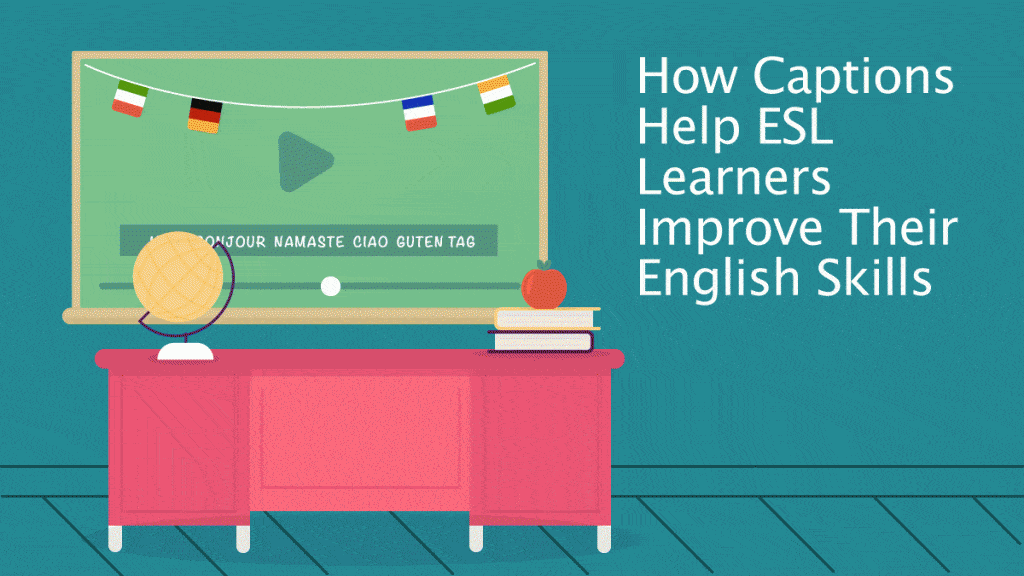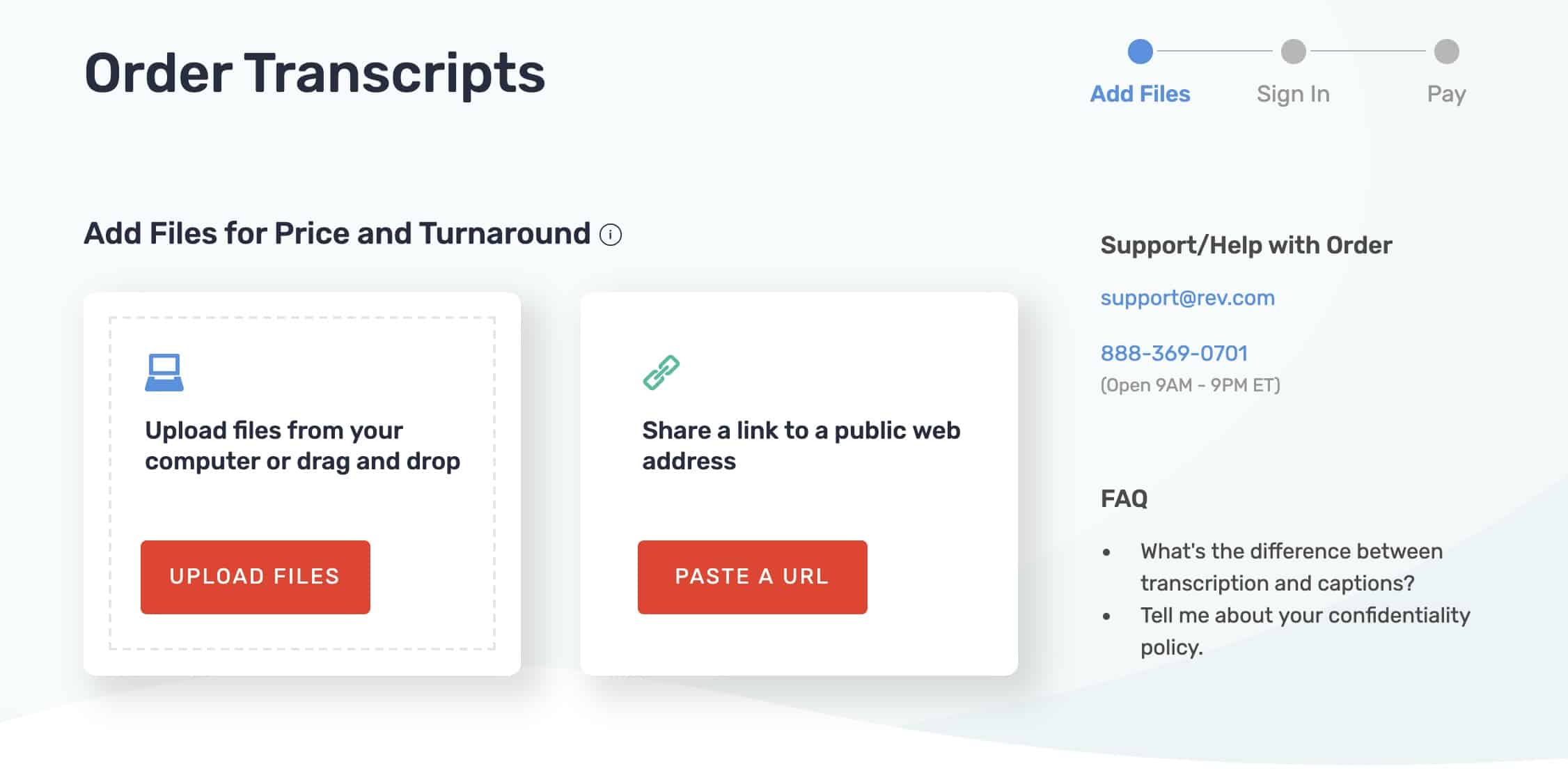How Closed Captions Help ESL Learners Improve Their English Skills
One in five Americans speaks English as a second language. This might mean they speak both English and another language fluently. However, of those that do speak more than one language, 41% reported they speak English “less than very well.” That’s more than 25 million ESL learners who may struggle to understand every word spoken in a video they watch online.
If you’re creating video content to reach a broad audience, you should consider adding captions to your videos to make them more accessible to ESL learners. By providing written words to match the spoken language in your video content, you can help ESL learners not only to understand your content better, but to become stronger, more proficient English speakers.
So, how exactly do closed captions help ESL learners?
Vocabulary
Vocabulary is one of the most challenging aspects of learning any language, but particularly English. English is made up of words borrowed from many other languages, and that means that many words break commonly-taught rules for pronunciation and usage. “I before e except after c” doesn’t help with learning words like “science” or “weird.” Words like this are best learned through exposure and experience, and captions enable viewers to form visual patterns for a language as they encounter those words in normal usage. Giving non-native speakers the opportunity to see and hear words in action increases their ability to remember them.
Making matters more challenging, if your videos deal with a specialized subject matter, they may involve many words that are new to ESL audiences. Including closed captions will give those viewers the ability to look up and translate words they don’t understand, without having to worry about misspelling them and missing out on the meaning.
Spelling
Not only will the saturation of visually-represented language through closed captioning improve spelling skills for ESL students, this demographic of learner has been reported to respond more positively to the use of closed captions over more traditional forms of teaching spelling.
Syntax
Syntax refers to the order in which words are arranged in a sentence. Because syntax varies so much from language to language, it’s one of the most difficult aspects for ESL students to learn. Using closed captions to help students understand syntax can be incredibly useful. This again comes back to the value of visual representations of English language patterns coupled with auditory representations. Students can match the flow of the written language with the spoken language and develop a more precise understanding of why English syntax works the way it does.
Heteronyms and Homophones
A heteronym is a word that is spelled the same as another word (or words), but has an entirely different meaning depending on pronunciation and context. The word “tear” can be pronounced like “tare” and refer to a rip, or it can be pronounced as “teer” and refer to moisture coming from someone’s eye. Homophones are the opposite of heteronyms; they’re words that sound the same when spoken, but have different spellings and different meanings. The most common example of this phenomenon is “to,” “two,” and “too.”
These dual meanings and distinct spellings may be hard for a non-native English speaker to detect. Seeing the words on the screen along with the video provides contextual clues and connects a word’s pronunciation to its spelling, helping ESL viewers become more familiar with proper pronunciation and spelling.
Idioms
Idioms are groups of words that, as a whole, have a meaning that is not deducible from the individual words. Idioms are a product of culture, and are commonly used in English as they are in many other languages. People say things like, “it’s raining cats and dogs” to say it’s raining heavily, or “at the drop of a hat” to indicate something was done immediately. Translating those phrases word-for-word into another language wouldn’t capture their meaning so idioms must be considered as distinct vocabulary words as people learn English for the first time. To that end, visual representations of idiomatic statements through closed captions have been proven to help ESL learners understand and retain common idiomatic statements.
When you use closed captions in your videos, not only are you making your content accessible to over 25 million additional viewers, you’re support accessibility. For ESL learners and others that find themselves struggling with listening to English compared to reading it, your closed captions will give them a chance to engage with our content at their own pace using the methods they are most comfortable with.




